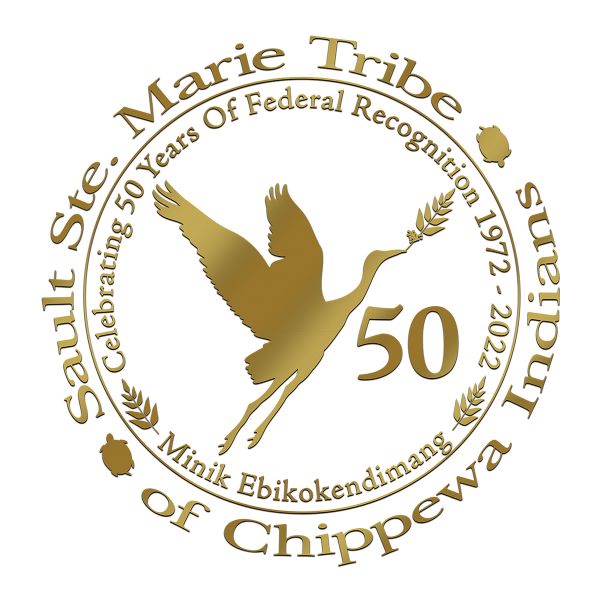Sault Tribe celebrates 50 years of federal recognition.
SAULT STE. MARIE — Fifty years ago today, on Sept. 7, 1972, the Sault Ste. Marie Tribe of Chippewa Indians was federally recognized, bringing to fruition decades of work by area Anishinaabe people.
Through the work of a dedicated group of Anishinaabe, on Dec. 24, 1953, the “Original Bands of Chippewa Indians and Their Heirs” was organized. At that time, Sault Ste. Marie and Sugar Island contained no lands for the people. The impoverished community in which they lived motivated their actions. Many of their friends and family members lacked employment or adequate housing and lived along unlit, unpaved streets.
Federal recognition would allow the tribe to contract with the federal government for basic services. Fortunately, the federal government had recently changed its policy toward Indian tribes with the passage of the Indian Reorganization Act. The Act ended an era of Indian removal and assimilation policies by creating laws to encourage tribes to reorganize their traditional economies and communities into self-governing nations.
Federal recognition took more than 20 years to complete. In the early 1970s, the leaders of the Original Bands of Chippewa Indians traveled to Washington and successfully submitted their historical findings and legal argument to the Secretary of the Interior, who granted the tribe federal status in 1972.
Once recognized, the Original Bands became the Sault Ste. Marie Tribe of Chippewa Indians. Land was taken into trust in March 1974 and Sault Tribe members adopted the tribe’s Constitution in fall 1975.
A schedule of events for the upcoming year will be announced at a later date.
